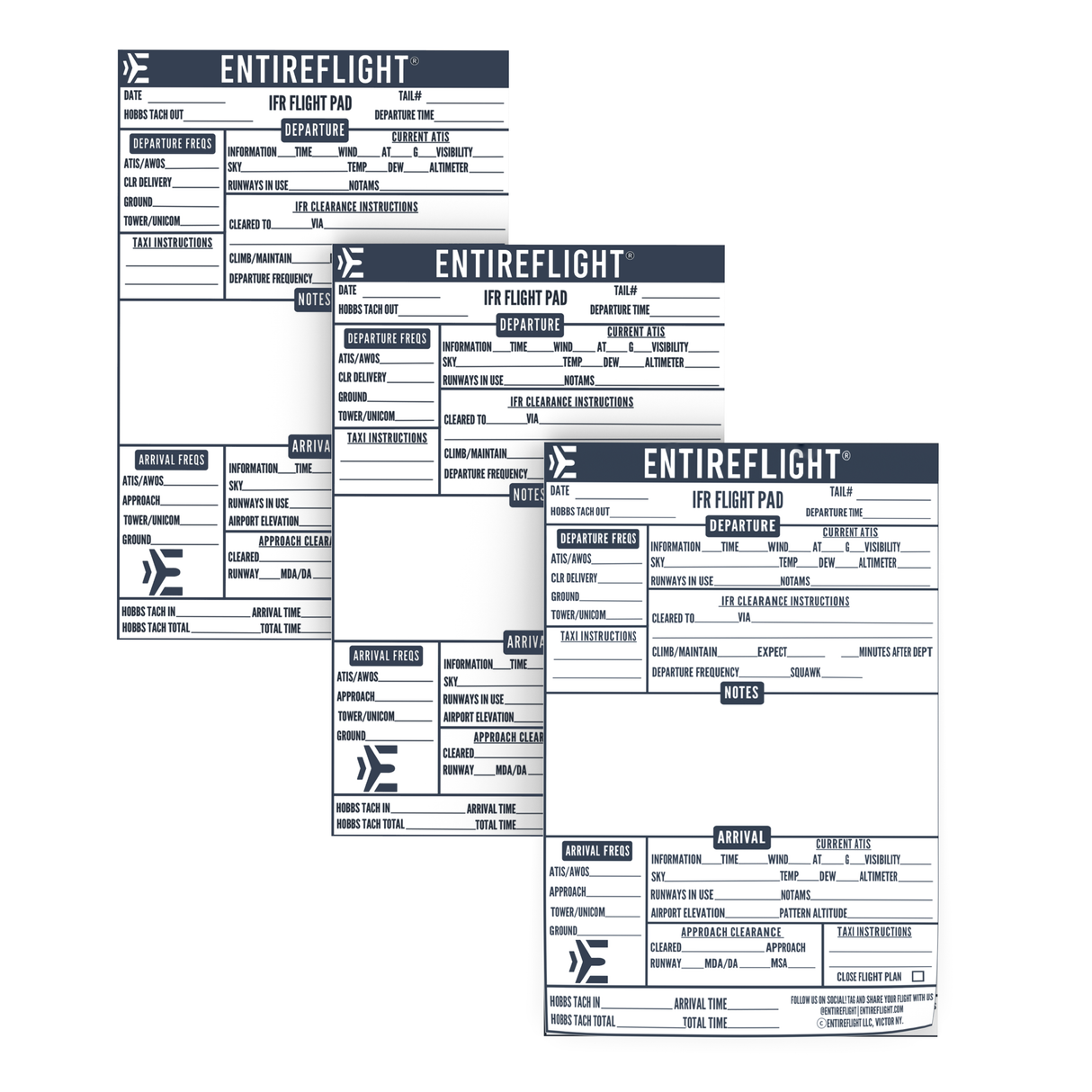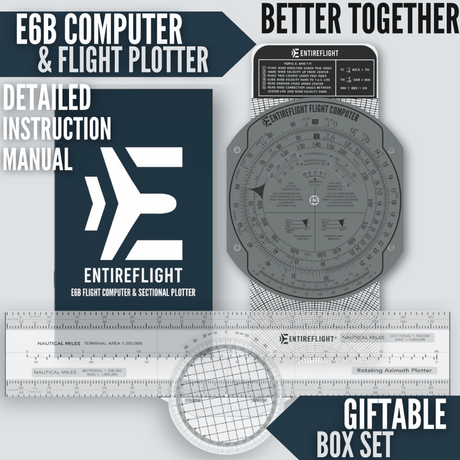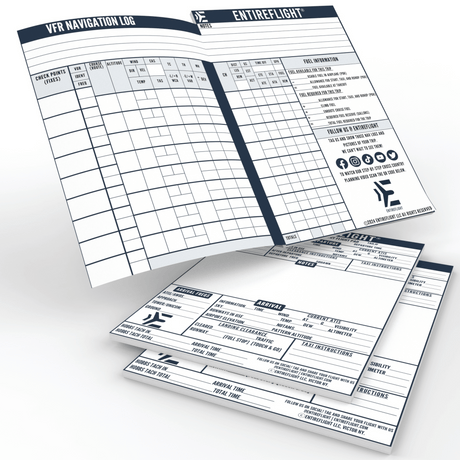Entering the exciting world of commercial aviation can seem overwhelming with the checklist of prerequisites. Did you know that every aspiring pilot must meet certain age, training, and language requirements? This blog post simplifies your journey by providing a comprehensive checklist for becoming a commercial pilot.
Get ready to embrace your dream career faster!
Commercial Pilot Aviation Requirements
To become a commercial pilot, you must meet the minimum age requirement, demonstrate English language proficiency, obtain a private pilot certificate, and accrue flight experience.
Minimum age requirement
To become a commercial pilot, there is an age threshold set by the Federal Aviation Administration (FAA). This requirement states that all aspiring pilots must be at least 18 years old.
While young adults can start flight training at any time, they cannot hold a commercial pilot's license before reaching this specified age limit. The rule ensures that pilots have enough maturity and judgment skills to handle the responsibilities of flying professionally.
It's also important to consider that while there's a minimum age for becoming a commercial pilot, there isn't an official 'too-old' cutoff.
Language proficiency
Mastering the English language is a major aspect of becoming a commercial pilot. The International Civil Aviation Organization (ICAO) has set minimum English language proficiency standards for flight crew members in international operations.
Commercial pilots must demonstrate their understanding and ability to communicate effectively in both routine and emergency situations.
From takeoff briefing, radio communication to executing instructions given by air traffic control, effective communication ensures safety and efficiency in all aspects of aviation operations.
Pilot error can often be traced back to miscommunication issues due to inadequate language skills. Therefore, aspiring pilots should invest time into improving their fluency in English as part of their training plan.
Private Pilot certificate
Earning a Private Pilot certificate is a pivotal step towards landing your commercial pilot rating. The certificate acts as proof that the holder possesses sound flight knowledge and skills, ensuring they are capable of operating an aircraft safely and efficiently.
This certification may include any number of models or types of aircraft, depending on the specific training you’ve undergone. A significant chunk of your time will be devoted to flight hours to achieve this crucial milestone in your journey to become a commercial pilot.
It's not just about time logged in the air though; meticulous study plays an equally important role in securing the coveted private pilot certificate.
Flight experience
To become a commercial pilot, flight experience is a crucial requirement. This entails logging a specific number of hours in the air to gain the necessary skills and confidence. The Federal Aviation Administration (FAA) mandates that aspiring commercial pilots accumulate at least 250 hours of flight time, including certain prerequisites such as cross-country flights and night flying.
Additionally, candidates must complete specific training on instrument navigation, which involves flying solely using instruments without relying on external visual cues. Flight experience is vital to ensure that commercial pilots are adept at handling different aircraft systems and conditions they may encounter during their careers.
Commercial Pilot Checklist
The commercial pilot checklist includes essential items such as a valid pilot certificate, current medical certification, photo identification, pre-flight checklist, flight controls and instruments, fuel and landing gear checks.
Keep reading to ensure you're fully prepared for each flight.
Valid pilot certificate
To operate as a commercial pilot, one of the key requirements is to have a valid pilot certificate. This certification proves that you have met the necessary training and experience standards set by aviation authorities.
It serves as a testament to your knowledge, skills, and proficiency in flying an aircraft. Without a valid pilot certificate, you will not be authorized to fly commercially or perform any piloting duties.
Keeping your pilot certificate up-to-date and ensuring its validity is crucial for maintaining your status as a commercial pilot.
Current medical certification
To operate as a commercial pilot, it is crucial to have a current medical certification. This ensures that pilots meet the physical requirements necessary for safe flight operations.
A valid medical certificate indicates that the pilot has undergone a thorough examination and has been deemed fit to fly by an Aviation Medical Examiner (AME). Pilots must undergo periodic medical examinations based on their age and type of certification held.
Regularly updating their medical certificate allows pilots to maintain their eligibility for commercial flying and prioritize passenger safety.
Photo identification
To fly as a commercial pilot, it is important to have valid photo identification. This helps verify your identity and ensures compliance with aviation regulations. When preparing for a flight, make sure you have your photo identification readily available and accessible.
It should be current and match the details on your pilot certificate and medical certification. By having your photo ID in order, you can confidently proceed with the other items on the commercial pilot checklist.
Pre-flight checklist
Performing a pre-flight checklist is an essential step for commercial pilots to ensure the safety and readiness of their aircraft. Here are the items that should be included:
- Verify that you have a valid pilot certificate.
- Ensure your medical certification is current.
- Carry a photo identification with you.
- Complete a thorough pre - flight checklist before every flight.
- Check the flight controls and instruments for proper functioning.
- Inspect the fuel levels and ensure there are no leaks or abnormalities.
- Verify that the landing gear is in good condition and properly secured.
- Set the altimeter to the correct reading for your location.
Flight controls and instruments
Ensure the proper functioning of flight controls and instruments with a thorough inspection. Check the following:
- Control surfaces (ailerons, elevators, rudder) for smooth movement and proper attachment.
- Flight instruments (altimeter, airspeed indicator, attitude indicator) for accuracy and proper calibration.
- Avionics equipment (GPS, radios, transponder) for functionality and correct settings.
- Fuel gauges to ensure adequate fuel levels.
- Landing gear for proper extension and retraction.
- Lights (navigation lights, landing lights) for brightness and functionality.
Fuel and landing gear checks
Perform the following checks for fuel and landing gear:
- Check the fuel quantity in each tank.
- Ensure that fuel caps are securely fastened.
- Inspect fuel lines for leaks or damage.
- Verify that the landing gear is secure and fully extended.
- Check the condition of tires and ensure they are properly inflated.
- Test the operation of landing gear switches and indicators.
- Verify that all landing lights are functioning correctly.
- Confirm that brakes are operational and not worn out.
Get Endorsements and Recommendations to Make the Process Easier and Faster
Required endorsements include a single-engine pilot endorsement and recommendations from flight instructors or supervisors.
Required endorsements
Commercial pilots are required to have certain endorsements in order to fly specific types of aircraft or perform certain operations. These endorsements demonstrate the pilot's proficiency and compliance with aviation regulations. Here are some of the required endorsements for commercial pilots:
- Single - engine pilot endorsement
- High - performance airplane endorsement
- Complex airplane endorsement
- Tailwheel airplane endorsement
- Instrument rating endorsement
- Multi - engine airplane endorsement
Following the checklist
Following the checklist is an essential part of being a commercial pilot. It ensures that all necessary steps and precautions are taken before every flight. By following the checklist, pilots can verify that they have a valid pilot certificate and current medical certification, as well as important documents such as photo identification.
They also go through pre-flight checks for the aircraft's flight controls and instruments, fuel levels, and landing gear. Following this checklist helps maintain safety standards and reduces the risk of any potential issues during the flight.
Commercial pilots understand the importance of adhering to these procedures to ensure a smooth and successful journey each time they take to the skies.
Maintaining flight proficiency
To maintain flight proficiency as a commercial pilot, it is crucial to regularly practice and update your skills. This can be achieved through regular flight training sessions, simulator exercises, and staying up-to-date with the latest aviation regulations.
It's also important to review and adhere to the recommended operating procedures and checklists provided by your airline or flight organization. By continuously honing your flying abilities and staying current with industry best practices, you can ensure that you are always prepared for any situation that may arise during a commercial flight.
Conclusion
In conclusion, the commercial pilot checklist is an essential tool for ensuring safety and compliance in every flight. By following this checklist, pilots can ensure that they meet all the necessary requirements, have their aircraft in proper working order, and are fully prepared for takeoff.
It serves as a valuable resource to maintain flight proficiency and prioritize safety at all times.






















